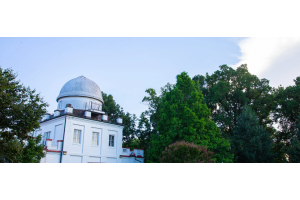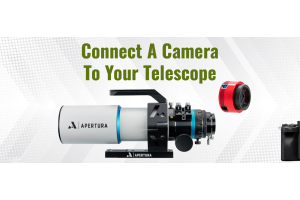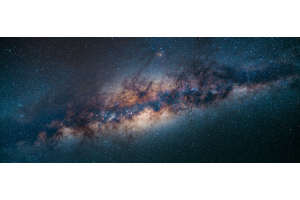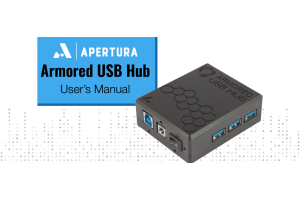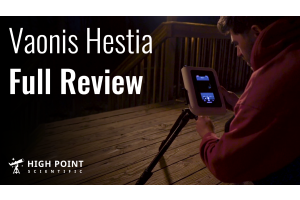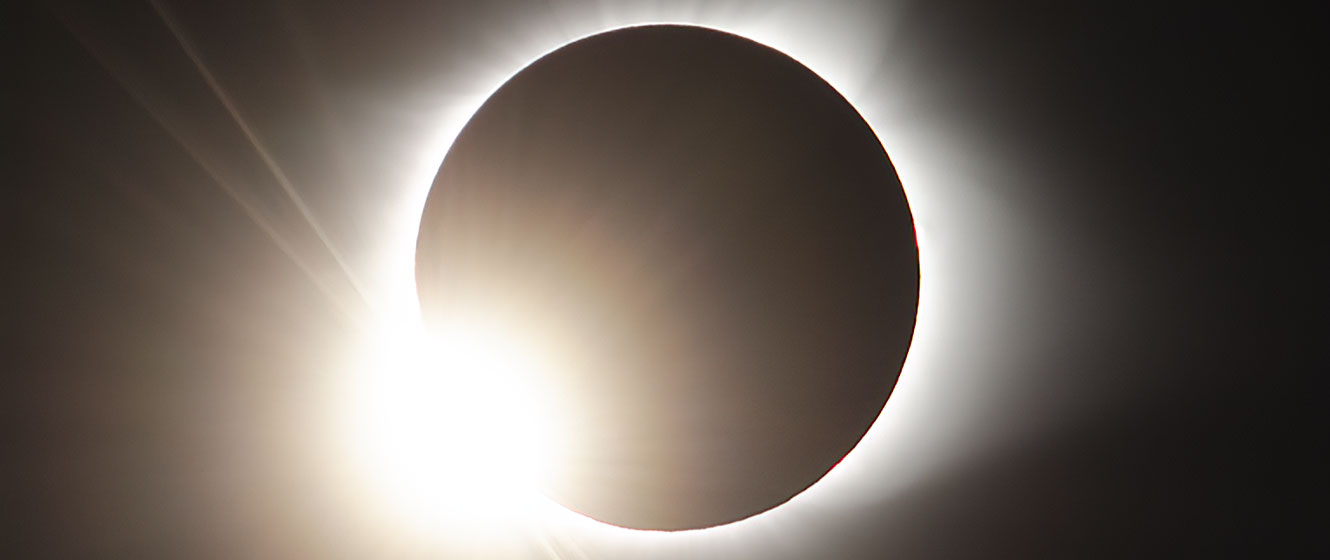
Every few years, the celestial ballet that is orbital mechanics treats us to a breathtaking performance - a solar eclipse. This awe-inspiring event, where the Moon obscures the Sun, paints the daytime sky in a mesmerizing dance of light and shadow. For amateur solar observers simply curious to see the event and dedicated eclipse chasers alike, witnessing a solar eclipse is an unparalleled experience that gives us a moment of connection with our universe.
In this article, we will be sharing top recommendations for must-have solar eclipse gear for amateur astronomers eager to safely enjoy a solar eclipse. From solar filters to specialized telescopes and more, we'll guide you through the essential equipment needed to witness a solar eclipse in all its glory while protecting your eyes and equipment from harm. Gear up for a journey into the heart of the solar system as we explore the tools that will enable you to unlock the secrets of a solar eclipse without compromising on safety or wonder.
Important Safety Information
Observing a solar eclipse is an amazing experience, but it comes with a crucial caveat: safety must always be your main priority. Looking at the Sun without the proper protective gear can lead to irreversible eye damage. The Sun's intense, unfiltered rays can harm the sensitive tissues of the eyes, resulting in conditions like solar retinopathy, where the retina is damaged by excessive solar radiation. This damage can cause vision impairment or even permanent blindness. Therefore, it is imperative to never attempt to observe a solar eclipse with the naked eye or improvised makeshift solutions.
But when is it safe to look at an eclipse then? In short, the only time to safely look at the Sun is during the peak of a total solar eclipse. Even If you’re in a location where the sun will be 99.9% eclipsed, it is still not safe to look at the Sun without eclipse glasses. Only within this short span of a few minutes can you take off your eclipse glasses. Do not remove your glasses during an annular or partial eclipse. During this unique phase, the Sun's corona becomes visible, revealing a mesmerizing, delicate halo of plasma. Only during totality is it safe to remove eclipse glasses or filters, allowing observers to witness the celestial spectacle with the naked eye. However, it is essential to keep a close watch on the eclipse's progression, as the return of sunlight, known as the "diamond ring" or "Baily's beads," signals the time to once again use your eclipse eyewear.
When it comes to eclipse filters, safety is the #1 goal. As the popularity of solar events grows, so does the availability of filters in the market. At High Point Scientific, we ensure that the filters we sell are always safe and easy to use. Filters should be labeled with ISO 12312-2 certification, which indicates they meet the international safety standards for solar viewing. Additionally, you’ll need to inspect your filters for any signs of wear and tear, such as scratches or punctures, as compromised filters can pose serious risks to your eyesight. By investing in certified and well-maintained eclipse filters, you can enjoy the magic of a solar eclipse while protecting your vision.
Must Have Solar Eclipse Gear
Solar Filters
There are many solar filters available that you can use for your telescopes or binoculars. Finding the right filter for your setup is easy – our experts have created a Solar Filter Calculator to help you figure out what size solar filter you need for your eclipse viewing setup. For those with a telescope, the AstroZap Baader Solar Filter is a good option. These easy-to-install, safe-to-use filters are made of lightweight 18Ga aluminum and are powder-coated white. As a result, these filters ensure the Sun appears a natural white color in your eyepiece.
Another good option to consider is the Spectrum Full Aperture Glass Solar Filters. These filters use glass instead of a thin film to protect your equipment and eyes from the Sun’s rays. As a result, they are less likely to puncture or break during transportation. When using this durable solar filter, the sun will appear in its natural yellowish-orange color. It features felt padding and an aluminum cell with nylon thumb screws for secure attachment to your telescope. Again, If you’re observing a partial or annular eclipse, you must keep the filters on. However, if you’re within the path of totality, you can remove the solar filter from the front of your telescope objective only during totality.
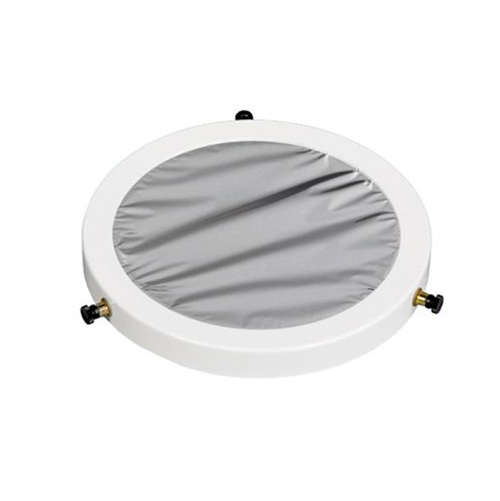
Solar Eclipse Glasses
Perhaps the easiest way to observe a partial solar eclipse is with dedicated eclipse glasses. Solar eclipse glasses are specialized eyewear designed to safely observe and experience a solar eclipse. Like solar filters designed for telescopes, these glasses are crafted with a unique, high-density solar filter made of different materials that effectively block the harmful ultraviolet and infrared radiation emitted by the sun, ensuring the wearer's eyes remain protected throughout the eclipse. Typically featuring dark, opaque lenses, solar eclipse glasses make it possible for individuals to gaze directly at the sun during an eclipse without risking damage to their eyes.
One affordable and easy option you may wish to consider is the Celestron EclipSmart Solar Eclipse glasses. These glasses are designed to fit everyone with two sets of fold marks, offering a one-size-fits-all solution. These glasses can be bought in packs ranging from just a single pair of glasses to 1,000 glasses. Each pair of glasses is guaranteed safe for direct solar observation and has been independently tested by SAI Global Assurance Service Solar Safe products to conform to and meet the requirements of ISO 12312-2.
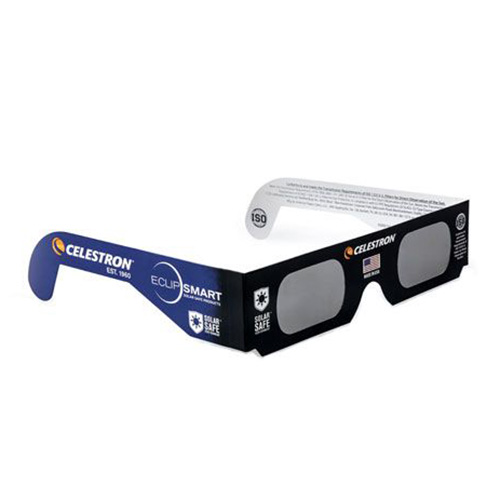
Coronado and Lunt Solar Telescopes
A great telescope to observe partial and annular eclipses is a dedicated H-alpha solar telescope. The key component of the solar telescope is its H-alpha filter. This filter allows only a very narrow band of light around the H-alpha wavelength to pass through while blocking out other wavelengths. This is important because it isolates the specific spectral line emitted by hydrogen atoms in the Sun's outer atmosphere (chromosphere). This narrowband filter reveals details of the Sun's surface and the surrounding chromosphere. Please note that while the telescopes mentioned here are great for partial and annular eclipses, along with general solar viewing, they are not designed for the peak of a total solar eclipse and will not provide views during the 2-4 minutes where the Sun’s light is completely eclipsed by the Sun.
The famous and popular Coronado PST is a great, beginner-friendly solar telescope. This 40mm telescope can be used even with a general DSLR tripod. The Coronado PST has a tuning mechanism that allows you to adjust the filter to precisely match the H-alpha wavelength emitted by the Sun. This fine-tuning ensures that you are observing the Sun at the correct wavelength for the most detailed and high-contrast views. This lightweight, tiny, yet capable solar telescope is ideal for those looking to travel to see and photograph the solar eclipse, as its compact design can easily be placed in any carry-on bag.
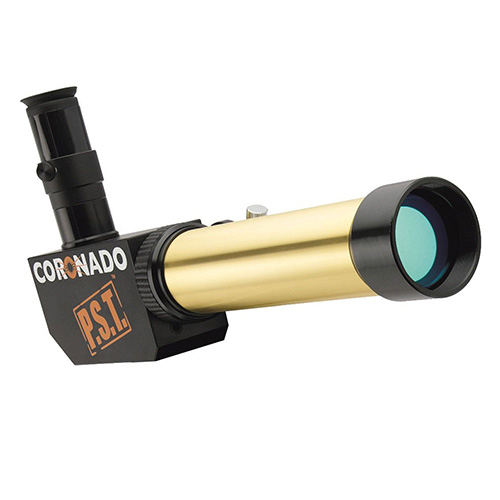
Another option you may wish to consider is the Lunt LS50T Ha Solar Telescope. It features a refractor-based system with a 50mm front objective and an internal Etalon with a Pressure Tuner, resulting in a narrow bandpass of < 0.75 Angstrom. The package includes a clamshell ring for mounting and dust caps.
This telescope offers an exciting and educational way to view the Sun, providing hours of visual enjoyment and insights into solar activity. It is fully upgradeable and adaptable as the Sun becomes more active over time.
One of its notable features is True Doppler Tuning (Pressure Tuning), which allows users to shift their view into and away from the Sun, adding a 3D-like dimension to the observations. This tuning system enhances the viewing and imaging capabilities, particularly for filaments and active regions on the solar surface, by providing precise control over the observed features.
Telescope Tracking Mounts and Smart Telescopes
Looking for a small, dedicated tracking mount to aid in your solar eclipse observations? We recommend a portable star tracker to help you track the eclipse. In terms of weight and overall convenience, we recommend something like the Sky-Watcher AZ-GTi alt-azimuth mount. This mount, weighing just 8.6 lbs, is great for tracking a small solar telescope like the ones mentioned above, or even a small telescope.
To align with the Sun on the day of the eclipse, simply use the mount’s built-in WiFi to connect to the SynScan Pro app, slew, center, and sync on the Sun and you’re set! Another option to consider is the iOptron SkyGuider Pro - for this, all that is really required to photograph a solar eclipse is to point the mount’s polar scope north (using a compass on your smartphone, for example), adjust the mount’s altitude to that of your latitude, and you have achieved a rough enough polar alignment to track the eclipse. Then you can simply unlock the right ascension clutch and manually point and center your telescope to the Sun.
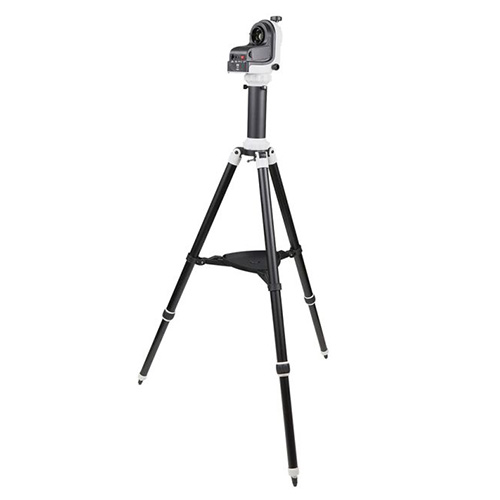
Since the 2017 solar eclipse, a new type of telescope has entered the market - the smart telescope! This all-in-one telescope can be easily brought to your desired solar eclipse viewing location and be set up quickly with little hassle. The ZWO Seestar S50 comes with its own dedicated solar filter, giving you all that you need to photograph and enjoy the solar eclipse. You can use the ZWO app on your phone to enjoy the eclipse. Simply set up your telescope, place the solar filter on the front of the smart telescope, open the app on your phone, center the Sun, focus, and sync the sun’s position to your telescope and you are all set to observe and photograph the solar eclipse.
Witnessing a solar eclipse is an awe-inspiring experience that connects us with the cosmos, but it's imperative to prioritize safety above all else. Never underestimate the potential harm that the sun's unfiltered rays can inflict on your eyes, making the use of certified eclipse glasses and filters an absolute necessity. These essential tools ensure that you can enjoy the celestial spectacle while protecting your vision.
Furthermore, the recommended gear discussed in this article, from solar filters to specialized telescopes and tracking mounts, can enhance your eclipse viewing experience significantly. Whether you're an amateur astronomer or a dedicated eclipse chaser, investing in the right equipment can unlock the secrets of a solar eclipse without compromising your safety or sense of wonder. As the universe prepares to dazzle us in the coming months, let's remember to embrace these opportunities responsibly and make the most of our connection with the cosmos!

Learn More
Looking to further enhance your eclipse viewing experience? Check out our Astronomy Hub. Here you will find articles on how to photograph solar eclipses, where to see the next one, and other fun facts regarding this beautiful celestial event.







